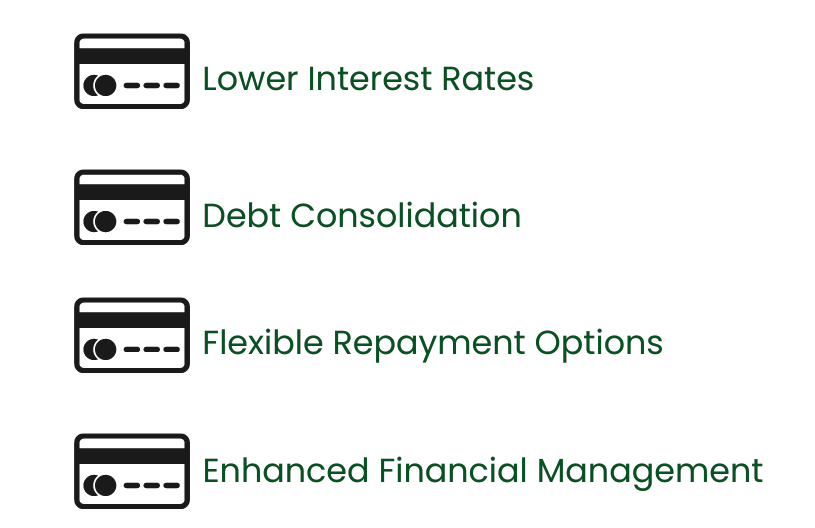
Introduction
In today’s financial landscape, managing credit card balances effectively is paramount. Electronic balance transfers have gained popularity among Canadians as a means to streamline their finances. This article aims to provide you with a comprehensive understanding of electronic balance transfers, allowing you to make informed decisions regarding your financial well-being.
What is an Electronic Balance Transfer?
An electronic balance transfer is the process of moving your outstanding balance from one credit card to another, typically at a lower interest rate. It enables you to transfer debt from one financial institution to another, offering potential advantages such as lower interest rates, simplified financial management, and debt consolidation.
How Does an Electronic Balance Transfer Work?
Understanding the process of an electronic balance transfer is essential before proceeding. Here are the steps involved:
- Step 1: Check Eligibility
- Review the terms and conditions of the balance transfer offer to ensure you meet the eligibility criteria. Typically, you need to have a good credit score and a sufficient credit limit on the receiving credit card.
- Step 2: Evaluate Transfer Fees
- Some balance transfer offers may have associated fees, such as a percentage of the transferred amount. Consider these costs in relation to the potential savings from the lower interest rate to assess the overall cost-effectiveness of the transfer.
- Step 3: Apply for the Balance Transfer
- Contact your financial institution, either online or by phone, to initiate the balance transfer process. They will provide you with the necessary instructions and may require you to fill out an application form.
- Step 4: Provide Required Information
- You will need to provide details about the account from which you wish to transfer the balance, such as the account number and the amount you want to transfer. Ensure the information is accurate to prevent any delays or errors during the transfer process.
- Step 5: Allow for Processing Time
- Once you’ve submitted your request, the financial institution will process the transfer. This may take a few days to complete. Be patient during this period and refrain from making additional purchases on the credit card until the transfer is finalized.
- Step 6: Confirm the Transfer
- Verify that the balance transfer has been successfully processed and ensure that the old account is closed if desired. You should receive confirmation from your financial institution regarding the completion of the transfer.
- Step 7: Maintain Timely Payments
- It’s crucial to continue making payments on time to avoid late fees or penalties on your new credit card. Prioritize paying off the transferred balance to take advantage of any promotional low or zero-percent interest rates.
Understanding the Fine Print
It’s important to review the terms and conditions of your balance transfer agreement carefully. Pay particular attention to how payments are allocated among different balances and any potential interest charges that may apply.
The Advantages of Electronic Balance Transfers
Opting for an electronic balance transfer can offer several benefits:
- Lower Interest Rates: By transferring your balance to a card with a lower interest rate, you can potentially save money on interest charges.
- Debt Consolidation: If you have multiple credit cards or loans with high-interest rates, consolidating them into a single account can simplify your financial situation and potentially reduce monthly payments.
- Flexible Repayment Options: Many electronic balance transfers come with promotional periods featuring low or zero percent interest rates. This allows you to pay off your debt faster and save on interest.
- Enhanced Financial Management: By centralizing your balances, you can gain a clearer overview of your debt, enabling better-informed decisions about your financial goals.

Is it Necessary to Stop Using the Card?
While it’s not mandatory to cease using the credit card, it’s crucial to be aware of how payments are allocated among different balances. To maximize the benefits of the balance transfer, it’s advisable to focus on paying off the transferred balance first. By doing so, you can reduce the interest charges associated with the balance transfer and work towards achieving a debt-free status more efficiently.
Conclusion
Electronic balance transfers can be a valuable tool for Canadians seeking financial stability. By consolidating debts, obtaining lower interest rates, and simplifying financial management, you can take control of your financial situation. However, it’s important to understand the terms and conditions, especially regarding payment allocation. By making informed decisions and practicing responsible financial habits, you can make the most of electronic balance transfers.
FAQs
- Can I transfer balances from multiple credit cards to a single card? Yes, electronic balance transfers allow you to consolidate balances from multiple credit cards into a single account, simplifying your financial management.
- Are there any fees associated with electronic balance transfers? Some balance transfer offers may have associated fees, so it’s important to consider these costs and evaluate their impact on potential savings.
- Can I use a balance transfer to pay off other types of debt, such as loans or mortgages? Balance transfers are primarily intended for credit card debt. However, some financial institutions may offer options for transferring certain types of debt, such as personal loans or lines of credit. It’s recommended to check with your financial institution for specific details.
- Will a balance transfer affect my credit score? The impact on your credit score may vary depending on multiple factors, including your credit utilization ratio and overall credit history. It’s advisable to consult with a financial advisor or credit counselor for personalized guidance.
- What happens if I miss a payment on my balance transfer card? Missing a payment can result in late fees, penalties, and potential damage to your credit score. It’s crucial to make timely payments to avoid these consequences.
Additional Resources
- Bankrate: www.bankrate.com
- CreditCards.com: www.creditcards.com
- Wealth Solutions Hub, “FAQ Guide: Terms and Acronyms for Discussing Lending Products in Canada” Article: https://www.wealthsolutionshub.com/everything-finance/lending-terms/





